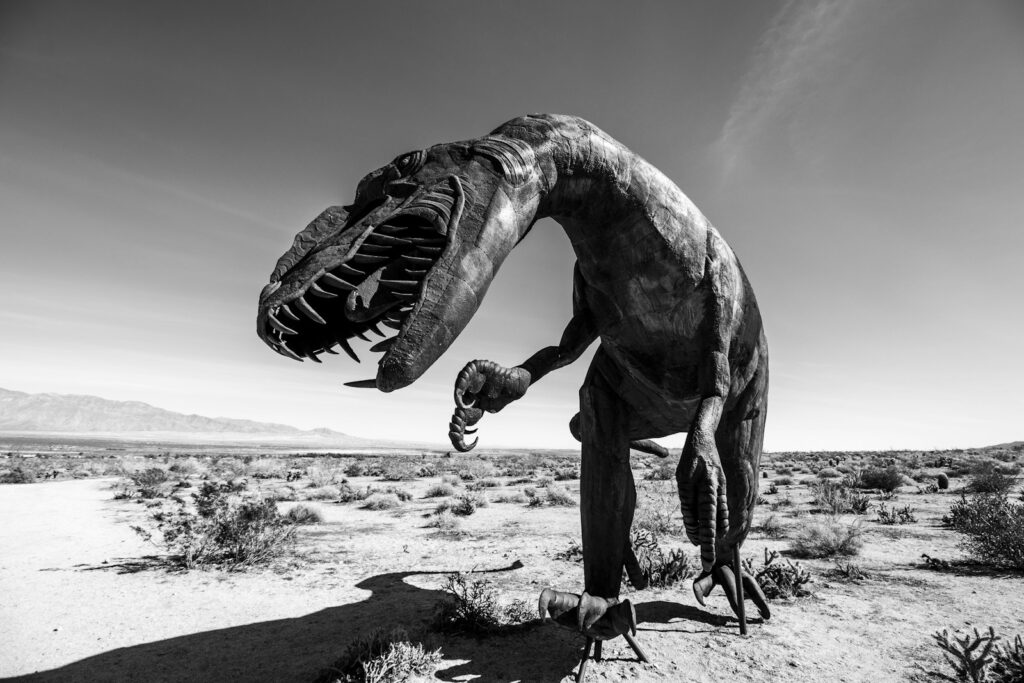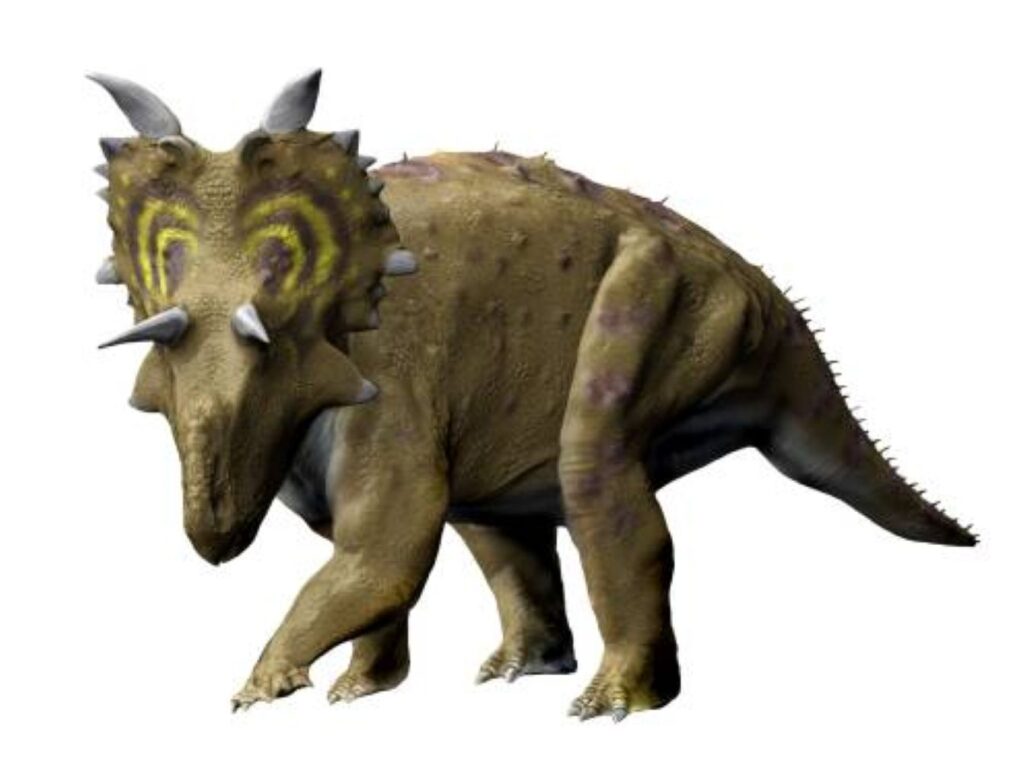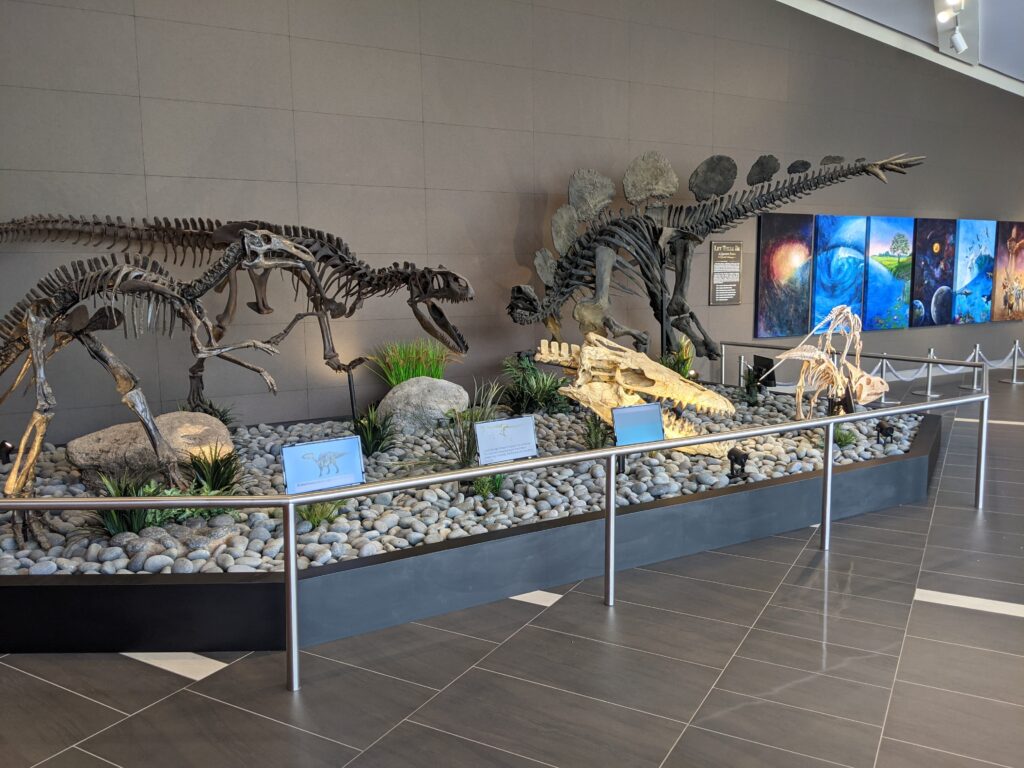Picture this: a massive Triceratops rolling around in a dusty patch of ancient earth, kicking up clouds of dirt while smaller dinosaurs wait their turn. It sounds almost comical, but this behavior might have been as common 100 million years ago as it is in today’s bird world. The connection between modern birds and their prehistoric ancestors runs deeper than we ever imagined, and dust bathing could be one of the most fascinating inherited behaviors linking past and present.
The Surprising Science Behind Dust Bathing
Dust bathing isn’t just a quirky bird behavior – it’s actually a sophisticated biological strategy that serves multiple crucial purposes. When birds roll around in dry dirt, they’re essentially performing a complex spa treatment that removes excess oils, dead skin cells, and parasites from their feathers. The fine particles work like microscopic scrubbers, penetrating deep into the plumage where water simply can’t reach effectively.
This behavior is so ingrained in modern birds that even domesticated chickens will frantically search for dust patches when kept in sterile environments. Scientists have observed over 200 bird species engaging in this ritual, from tiny sparrows to massive ostriches. The consistency across such diverse species suggests this behavior has ancient evolutionary roots that stretch back millions of years.
Feathered Dinosaurs: The Missing Link
The discovery of feathered dinosaurs has revolutionized our understanding of prehistoric life and behavior. Fossils like Sinosauropteryx and Anchiornis have revealed that many dinosaurs sported elaborate plumage long before the first true birds took flight. These weren’t just simple fuzzy coverings either – some dinosaurs had complex, colorful feathers that would rival any modern peacock’s display.
If these ancient creatures had feathers, they likely faced the same maintenance challenges that modern birds encounter today. Feathers are incredibly complex structures that require constant care to maintain their insulating properties, waterproofing, and aerodynamic efficiency. Without proper maintenance, feathers become matted, lose their effectiveness, and can even harbor dangerous parasites that could threaten the animal’s health.
Fossil Evidence: Reading Between the Lines
While we can’t directly observe dinosaur dust bathing in the fossil record, paleontologists have found intriguing clues that suggest this behavior existed millions of years ago. Fossil sites in China and Mongolia have revealed preserved “dust bowls” – shallow depressions in ancient sediment that show signs of repeated disturbance. These formations are remarkably similar to the dust bathing areas created by modern birds in arid environments.
Even more compelling are the trace fossils that show evidence of repeated rolling and wallowing behaviors. Some fossil sites contain multiple overlapping body impressions in fine sediment, suggesting that ancient creatures regularly returned to specific locations for dust bathing activities. The size and shape of these impressions often match the body proportions of known feathered dinosaur species.
Parasites: The Ancient Enemy
Parasites have been plaguing life on Earth for hundreds of millions of years, and dinosaurs were certainly not immune to these tiny tormentors. Fossil evidence shows that ancient mites, lice, and other parasites existed during the Mesozoic Era, and they likely targeted dinosaurs just as modern parasites target today’s animals. Feathered dinosaurs would have been particularly vulnerable to these pests, as their complex plumage provided perfect hiding spots for unwanted hitchhikers.
Dust bathing serves as a natural pesticide that suffocates parasites and makes it difficult for them to maintain their grip on feathers or skin. The abrasive action of rolling in dirt physically removes many parasites, while the fine particles clog their breathing apparatus. This would have been especially crucial for dinosaurs living in warm, humid environments where parasite populations could explode rapidly.
Climate Clues from the Mesozoic Era
The climate during the age of dinosaurs was generally much warmer and more humid than today’s world, creating perfect conditions for both lush vegetation and thriving parasite populations. Fossil evidence suggests that many regions experienced tropical or subtropical conditions, with high humidity levels that would have made traditional water bathing less effective for feather maintenance. In such environments, dust bathing would have been an essential survival strategy.
Seasonal climate variations during the Mesozoic Era also created periods of drought when water sources became scarce. During these dry spells, dust bathing would have been the only viable option for maintaining feather health and parasite control. The ability to adapt hygiene behaviors to changing environmental conditions would have provided a significant survival advantage.
Behavioral Inheritance: From Dinosaurs to Chickens
The fact that dust bathing appears across such a wide range of modern bird species suggests this behavior is deeply embedded in avian genetics. Birds are direct descendants of theropod dinosaurs, and many of their instinctive behaviors likely originated millions of years ago. The drive to dust bathe appears to be so fundamental that birds will perform the motions even when no dust is available, suggesting it’s a hardwired behavioral pattern.
Genetic studies have revealed that many bird behaviors are controlled by ancient gene sequences that have remained remarkably stable over evolutionary time. The neural pathways that trigger dust bathing in modern birds may be virtually identical to those that existed in their dinosaur ancestors. This genetic conservation suggests that dust bathing was not only present in dinosaurs but was crucial enough to their survival that it became permanently encoded in their DNA.
Social Aspects: Dinosaur Dust Bath Parties
Modern birds often engage in communal dust bathing, gathering in groups to share prime dust spots and engage in social interactions. This behavior serves multiple purposes beyond hygiene – it helps establish social hierarchies, facilitates mate selection, and provides opportunities for learning and bonding. Young birds often learn proper dust bathing techniques by watching and imitating older, more experienced individuals.
Given what we know about dinosaur social structures, it’s entirely plausible that many species engaged in similar group dust bathing activities. Fossil evidence suggests that many dinosaurs lived in herds or family groups, and communal dust bathing areas would have been natural gathering spots. These social dust bathing sessions might have played important roles in dinosaur communication, hierarchy establishment, and even courtship behaviors.
Different Dinosaur Species, Different Dust Strategies
Not all dinosaurs would have approached dust bathing in the same way. Smaller, more agile theropods like Compsognathus might have engaged in rapid, energetic dust bathing sessions similar to modern sparrows. Larger dinosaurs like Therizinosaurus, with their massive claws and bulky bodies, would have required different techniques – perhaps using their powerful limbs to excavate dust wallows or employing more deliberate, methodical movements.
Aquatic and semi-aquatic dinosaurs might have combined dust bathing with other hygiene behaviors, using mud baths or sandy shoreline areas for their maintenance routines. The diversity of dinosaur species and their various ecological niches would have led to an equally diverse range of dust bathing strategies and techniques.
The Physics of Prehistoric Dust Bathing
The effectiveness of dust bathing depends heavily on the physical properties of the dust itself. Modern birds prefer fine, dry particles that can penetrate deep into their feathers without being too abrasive. Dinosaurs would have needed to be equally selective about their dust bathing materials, seeking out locations with the right particle size and composition for effective feather maintenance.
The massive size of many dinosaurs would have created unique challenges for effective dust bathing. Larger animals need more dust and more vigorous movements to achieve the same level of cleanliness that smaller creatures can accomplish with minimal effort. Some giant dinosaurs might have required specialized dust bathing techniques or locations to accommodate their enormous bodies and extensive feather coverage.
Seasonal Dust Bathing Patterns
Modern birds adjust their dust bathing frequency based on seasonal changes, weather conditions, and breeding cycles. During molting periods, birds increase their dust bathing activity to help remove old feathers and maintain new plumage. Dinosaurs likely followed similar seasonal patterns, with increased dust bathing activity during molting seasons, breeding periods, and times of high parasite activity.
The ancient world’s dramatic seasonal variations would have created distinct dust bathing seasons when conditions were optimal. Dry periods following monsoon seasons might have provided ideal dust bathing conditions, while wet seasons could have limited this behavior to specific microhabitats with suitable dry areas.
Dust Bathing and Dinosaur Communication
Dust bathing in modern birds often involves complex visual displays and vocalizations that serve communication purposes beyond simple hygiene. The dust clouds created during bathing can serve as visual signals to other birds, while the behaviors themselves can communicate health status, dominance, or availability for mating. Dinosaurs with their sophisticated communication systems likely incorporated similar signaling elements into their dust bathing routines.
The communal nature of dust bathing areas would have made them ideal locations for dinosaur social interactions. These gathering spots might have functioned as prehistoric social clubs where dinosaurs could exchange information about food sources, dangers, or mating opportunities while maintaining their personal hygiene.
Predator-Prey Dynamics at Dust Bathing Sites

Dust bathing makes animals temporarily vulnerable, as they’re focused on their hygiene routine and may have reduced awareness of their surroundings. Modern birds must balance the benefits of dust bathing with the increased predation risk, often posting sentries or bathing in groups for protection. Dinosaurs would have faced similar challenges, with dust bathing sites potentially becoming hunting grounds for opportunistic predators.
The vulnerability associated with dust bathing might have influenced dinosaur social evolution, favoring species that could effectively coordinate group activities and provide mutual protection. This selective pressure could have contributed to the complex social behaviors observed in many dinosaur species and their modern bird descendants.
Modern Birds: Living Proof of Ancient Behaviors
Every time you see a chicken rolling in the dirt or a sparrow fluffing its feathers in a dusty patch, you’re witnessing a behavior that likely dates back over 150 million years. Modern birds serve as living laboratories for understanding dinosaur behavior, and their dust bathing rituals provide our best window into this ancient hygiene practice. The consistency of these behaviors across diverse bird species suggests they’re not just helpful adaptations, but essential survival strategies that have remained largely unchanged since the age of dinosaurs.
Scientists continue to study modern bird dust bathing behaviors to better understand how this ancient practice evolved and spread throughout the dinosaur family tree. Each new discovery about bird behavior potentially reveals another piece of the puzzle about how dinosaurs lived, socialized, and survived in their prehistoric world.
The Future of Dinosaur Behavior Research
As technology advances and new fossil discoveries emerge, our understanding of dinosaur behavior continues to evolve. Advanced imaging techniques, chemical analysis of fossil sites, and comparative studies with modern birds are revealing increasingly detailed pictures of dinosaur daily life. The question of whether dinosaurs engaged in dust bathing represents just one facet of a much larger effort to understand these magnificent creatures as living, breathing animals rather than mere museum displays.
Future research may uncover direct fossil evidence of dinosaur dust bathing, perhaps in the form of preserved feathers with dust particles still embedded in their structure. Until then, the behavioral patterns of modern birds continue to serve as our best guide to understanding this fascinating aspect of dinosaur life. The next time you watch a bird dust bathing, remember that you might be observing one of the oldest hygiene rituals on Earth – a prehistoric spa treatment that has survived mass extinctions and millions of years of evolution.
The connection between modern birds and their dinosaur ancestors extends far beyond simple anatomy into the realm of behavior and daily survival strategies. While we may never witness a Tyrannosaurus rex rolling in ancient dust, the evidence strongly suggests that many dinosaurs engaged in this time-tested hygiene practice. From parasite control to social bonding, dust bathing served multiple crucial functions that helped dinosaurs thrive for over 160 million years. What other ancient behaviors might be hiding in plain sight among today’s animals?




